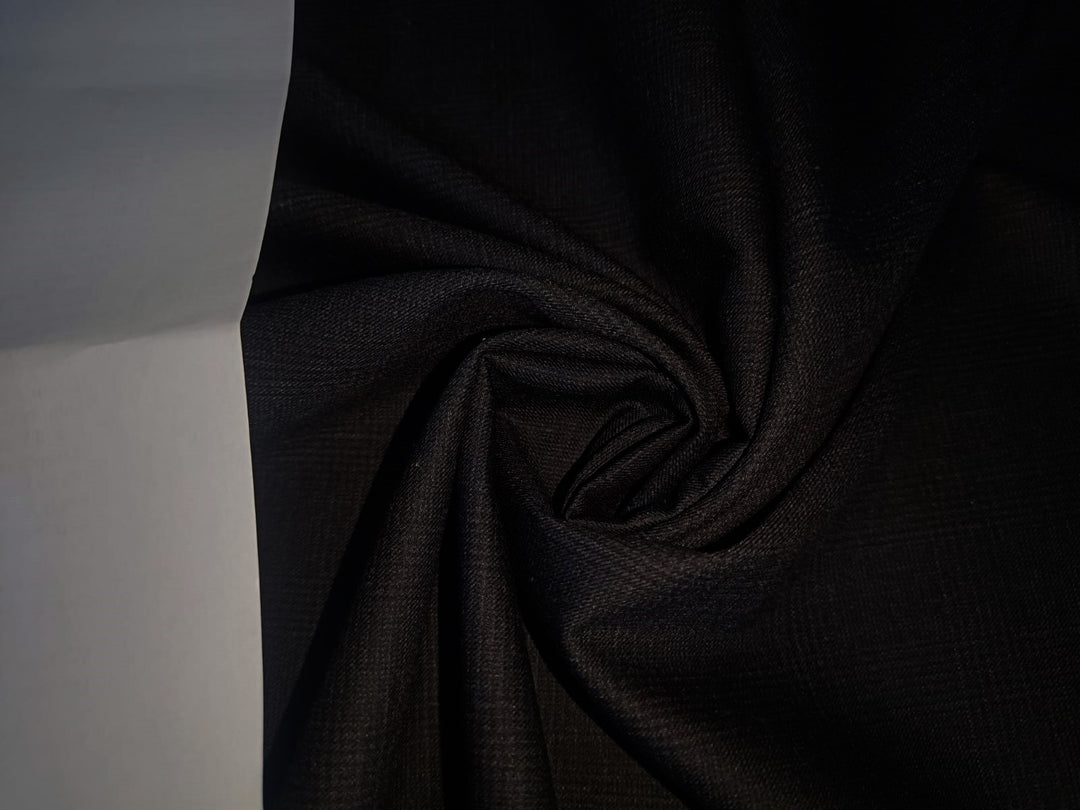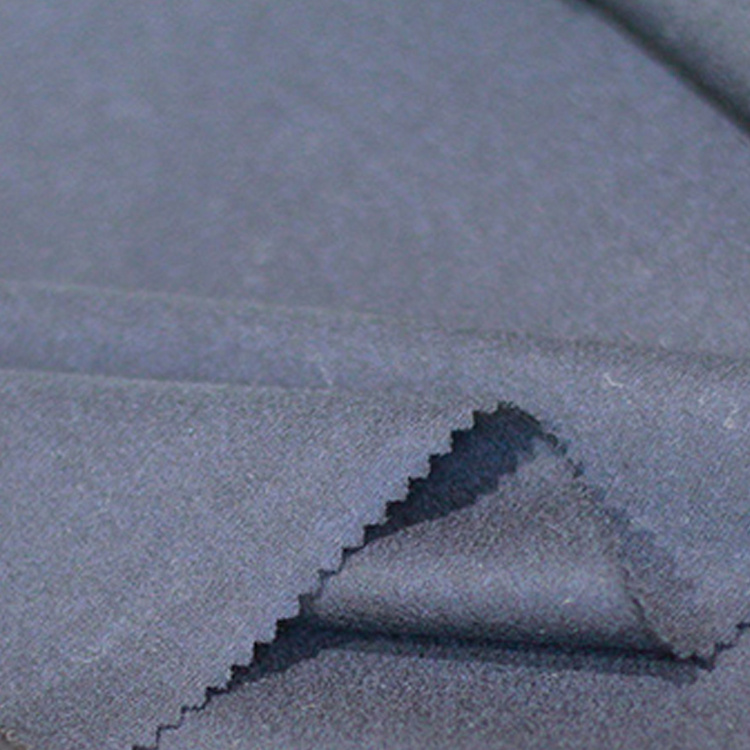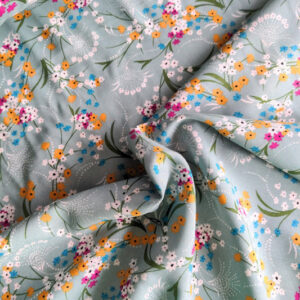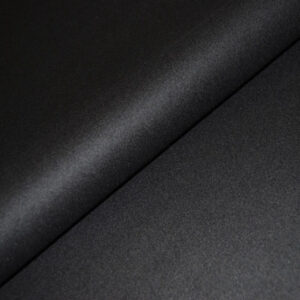What’s the Difference Between Wool and Nylon Feel?

Fabric compatibility is crucial in fashion and sewing, influencing the final look and feel of garments and home decor. Wool and nylon, two popular fabrics, each offer unique properties. This article explores whether they can be effectively mixed, enhancing your understanding of textile pairing.
Compatibility Analysis
Can Wool and Nylon Be Mixed? Yes, wool and nylon can be effectively combined, though careful consideration is needed. Wool, a natural fiber, is known for its warmth and softness, while nylon, a synthetic fiber, adds strength and elasticity. Their combination can enhance durability and performance, but differences in texture, weight, and care requirements must be managed.
Key Factors
- Texture: Wool’s softness complements nylon’s smoothness, but care is needed to avoid texture clashes.
- Weight: Wool is generally heavier, which can affect how the fabrics drape together.
- Stretch: Nylon adds elasticity, improving the garment’s fit and comfort.
- Care Requirements: Wool often requires gentle washing, while nylon can usually withstand more robust cleaning.
- Durability: Nylon enhances wool’s durability, making garments more resistant to wear and tear.
Fabric Properties Comparison Table
| Property | Wool | Nylon |
|---|---|---|
| Fiber Content | Natural | Synthetic |
| Weight & Thickness | Medium to heavy | Light to medium |
| Breathability | High | Low |
| Moisture-wicking | Moderate | High |
| Stretch & Elasticity | Low | High |
| Wrinkle Resistance | Moderate | High |
| Care Instructions | Gentle wash, low iron | Machine wash, low iron |
| Durability | Moderate | High |
Benefits of Mixing These Fabrics
- Enhanced Texture and Visual Interest: Combining wool’s natural texture with nylon’s sleekness creates unique tactile and visual effects.
- Improved Comfort and Performance: The blend offers warmth with added stretch and durability.
- Better Drape and Movement: Nylon’s elasticity can improve the drape of wool garments.
- Cost-effectiveness: Blending can reduce costs, as nylon is generally less expensive than wool.
- Seasonal Versatility: The blend can be adapted for various climates, providing warmth in winter and breathability in summer.
- Design Possibilities: Opens up creative opportunities for innovative fashion and home decor designs.
Potential Challenges
- Different Shrinkage Rates: Wool may shrink more than nylon, requiring careful pre-treatment.
- Conflicting Care Requirements: Balance gentle wool care with nylon’s resilience.
- Texture Clash or Pilling: Use anti-pilling treatments and test on small areas.
- Seam Puckering: Use appropriate sewing techniques to avoid puckering.
- Color Bleeding or Fading: Test for colorfastness before washing.
Practical Solutions
- Pre-wash fabrics separately to manage shrinkage.
- Use gentle detergents and cold water for washing.
- Employ anti-pilling treatments.
- Test for colorfastness to prevent bleeding.
Sewing & Styling Tips
- Sewing Techniques: Use a stretch needle and polyester thread for durability.
- Needle and Thread Recommendations: Opt for size 70/10 or 80/12 needles.
- Interfacing and Stabilizer Needs: Lightweight interfacing can stabilize seams.
- Seam Finishing Methods: Consider serging or zigzag stitches for clean edges.
- Pattern Selection Advice: Choose patterns that complement the fabric’s drape.
- Styling Ideas: Layer wool-nylon blends for chic, comfortable outfits or use in textured home decor items like cushions.
Care & Maintenance Guide
- Washing Instructions: Use cold water and gentle detergents.
- Drying Recommendations: Lay flat to dry to maintain shape.
- Ironing and Steaming Tips: Use low heat settings to avoid damage.
- Stain Removal: Treat stains promptly with appropriate cleaners.
- Long-term Care: Store in a cool, dry place to prevent moth damage to wool.
FAQ Section
-
Can you wash wool and nylon together?
Yes, but use cold water and gentle detergents to accommodate wool’s sensitivity. -
Will wool shrink more than nylon?
Yes, wool is more prone to shrinkage, so pre-wash and handle with care. -
What needle size should I use for sewing wool and nylon together?
A size 70/10 or 80/12 needle is recommended for these fabrics. -
Can you mix wool and nylon in one garment?
Absolutely, mixing enhances durability and comfort. -
How do you prevent fabric issues when combining these fabrics?
Pre-treat fabrics, use appropriate sewing techniques, and test for colorfastness. -
Is it okay to mix wool and nylon for upholstery?
Yes, but ensure the blend meets upholstery durability standards. -
What’s the best way to finish seams with wool and nylon?
Serging or using a zigzag stitch can effectively finish seams.
By understanding the properties and compatibility of wool and nylon, you can create versatile and durable garments and home decor items. With the right techniques and care, these fabrics can be a perfect pair in your sewing projects.



Leave a Reply